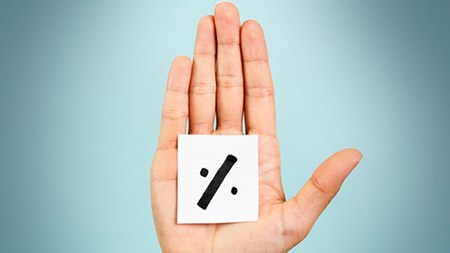Rising costs across the board are starting to affect property affordability, according to a recent report.
Many of us are feeling the pinch and have implemented ways to cut costs. While rising food prices have certainly had an impact, an increase in the interest rate and the recent electricity tariff hike are also denting our wallets. The downside to all of this is that our additional spends are affecting property affordability.
John Loos, household and sector strategist FNB Home Loans recently reported that property affordability had deteriorated in the fourth quarter of last year, echoing a trend that has been occurring since 2013.
A number of factors have added to our lack of spending power, including rising municipal rates and taxes, and increased electricity and water costs. The recent interest rate hikes have compounded the problem by fuelling the household debt ratio.
Loos notes the “Municipal Rates and Tariffs/Per Capita Disposable Income” Index has moved higher through the entire 2008/2015 period. This affordability measure has deteriorated (risen) by 34.97 percent from the beginning of 2008 to the 4th quarter of 2015.
He says that major upward pressure has been exerted on this index by high inflation in the area of electricity tariffs, but moderated in part by less extreme Municipal Rates and Non-Electricity Tariffs cost inflation. “The Electricity Affordability component is the troublesome part of the Rates and Tariffs bill, and its affordability index has escalated by a massive 91.01 percent since the beginning of 2008. It looks set to experience more upward pressure, as Eskom continues to annually press for more above-inflation tariff hikes, as its electricity sales revenues decline.” The Water and Non-Electricity Tariff/Per Capita Disposable Income Index rose by a more moderate 16.5% during the same period.
Unfortunately, he adds, things are unlikely to change in the near future.
Interest rates are expected to tick up gradually further, while it seems unlikely that municipalities and utilities will stop their above-inflation tariff and tax increases, with general Government finances on a long run deteriorating trend.
He says, comparing house prices to those of ‘competitor’ products - for example, consumer goods and services as well as rental properties - housing continued to become less competitively priced in 2015, out-inflating both the aforementioned.
It’s not all doom and gloom and Loos says: “We are of the belief that not all the measures of affordability will continue to deteriorate this year. While we would expect rising interest rates to lift the Bond Instalment/Per Capita Disposable Income Ratio higher next year, expected slowing house price growth could possibly end the rising trend in the Average House Price/Per Capita Disposable Income Ratio, as we get into the anticipated real house price correction phase. This may also conceivably end the rising Price-Rent Ratio.”




